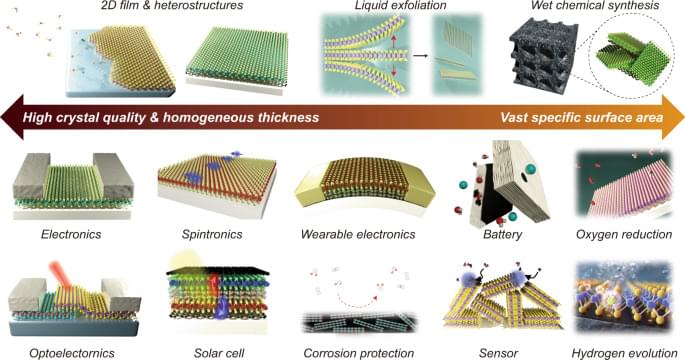Mar 22, 2022
Scientists Discover New Form of Ice — May Be Common on Distant, Water-Rich Planets
Posted by Shubham Ghosh Roy in categories: materials, space
UNLV researchers have discovered a new form of ice, redefining the properties of water at high pressures.
Solid water, or ice, is like many other materials in that it can form different solid materials based on variable temperature and pressure conditions, like carbon forming diamond or graphite. However, water is exceptional in this aspect as there are at least 20 solid forms of ice known to us.
A team of scientists working in UNLV’s Nevada Extreme Conditions Lab pioneered a new method for measuring the properties of water under high pressure. The water sample was first squeezed between the tips of two opposite-facing diamonds—freezing into several jumbled ice crystals. The ice was then subjected to a laser-heating technique that temporarily melted it before it quickly re-formed into a powder-like collection of tiny crystals.


















